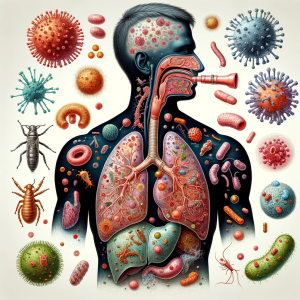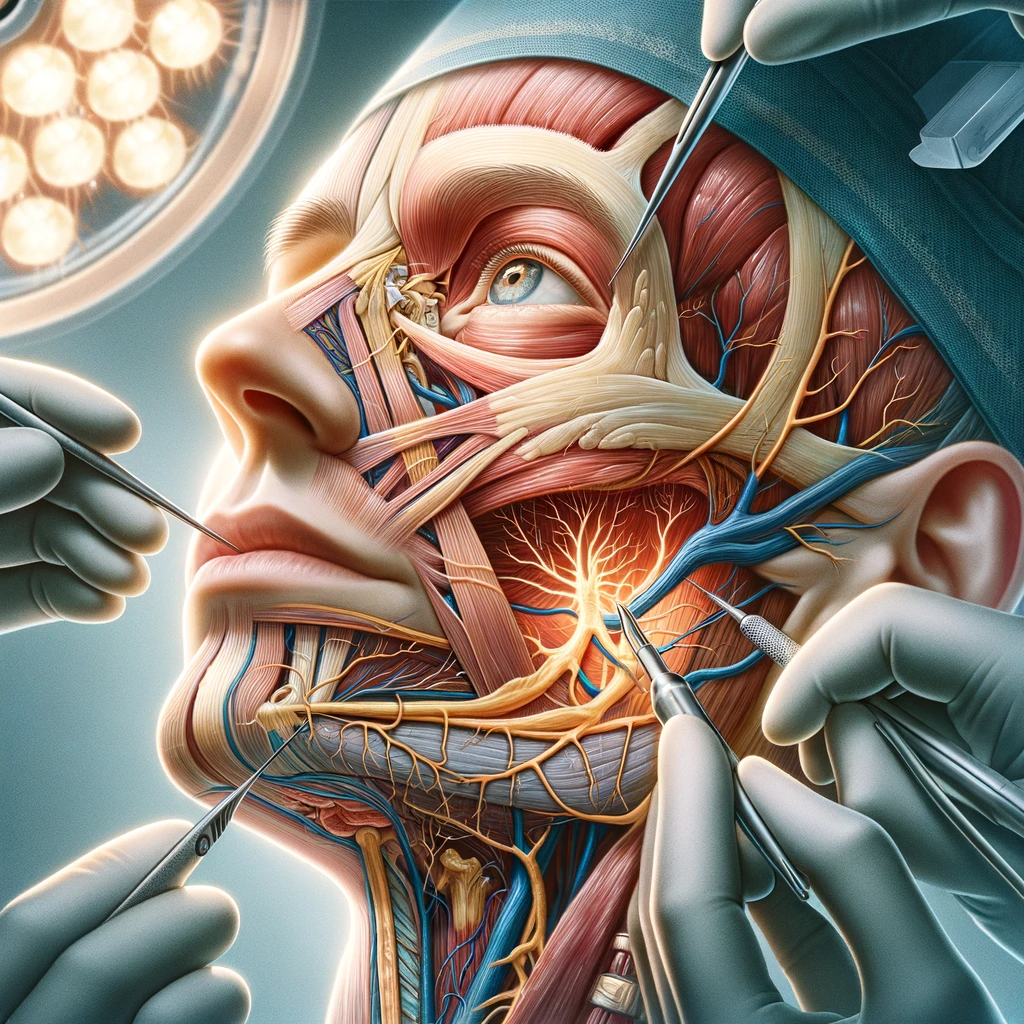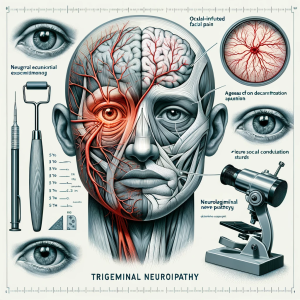
Abstract: This article provides an in-depth review of respiratory infections, encompassing their etiology, pathophysiology, clinical manifestations, diagnostic methodologies, and contemporary therapeutic approaches.
1. Introduction: Respiratory infections, encompassing a wide spectrum of diseases affecting the upper and lower respiratory tracts, constitute a significant global health burden. These infections can range from mild, self-limiting illnesses to severe, life-threatening conditions.
2. Etiological Framework: Respiratory infections are predominantly caused by viruses, including influenza, rhinoviruses, and coronaviruses, and bacteria such as Streptococcus pneumoniae and Mycobacterium tuberculosis. Fungal and atypical pathogens also contribute to the disease spectrum.
2.1 Viral versus Bacterial Infections: Distinguishing between viral and bacterial respiratory infections is critical for appropriate management. Viral infections often present with systemic symptoms like fever and myalgias, while bacterial infections may manifest with more localized symptoms and purulent sputum.
3. Pathophysiology: The pathogenesis of respiratory infections involves microorganism invasion of the host respiratory epithelium, eliciting an immune response. The resultant inflammation and tissue damage manifest as clinical symptoms.
3.1 Host Immune Response: The host’s immune response, while essential for pathogen clearance, can contribute to disease pathology. Inflammatory mediators can cause symptoms like cough, fever, and malaise and, in severe cases, lead to complications such as pneumonia and acute respiratory distress syndrome (ARDS).
4. Clinical Manifestations: Respiratory infections present with a range of symptoms, including cough, sore throat, nasal congestion, dyspnea, and chest discomfort. Systemic symptoms like fever and fatigue are also common.
4.1 Upper vs Lower Respiratory Infections: Upper respiratory infections, such as the common cold and pharyngitis, generally present with milder symptoms compared to lower respiratory tract infections like bronchitis and pneumonia, which can be more severe and life-threatening.
5. Diagnostic Approaches: Diagnosis is based on clinical assessment, supplemented by laboratory tests such as PCR for viral pathogens, sputum culture for bacterial pathogens, and imaging modalities like chest X-rays in cases of suspected pneumonia.
6. Therapeutic Strategies: Treatment varies based on the etiology. Viral infections are primarily managed with supportive care, while bacterial infections require targeted antibiotic therapy. Vaccination plays a key role in prevention, especially for influenza and pneumococcal infections.
6.1 Advances in Treatment: Recent advances include the development of novel antiviral agents and broad-spectrum antibiotics. The management of severe infections may require hospitalization and supportive measures like oxygen therapy and mechanical ventilation.
7. Conclusion: Respiratory infections represent a diverse group of diseases with significant health impacts. Understanding their pathophysiology, clinical presentation, and management is essential for effective treatment and control.







